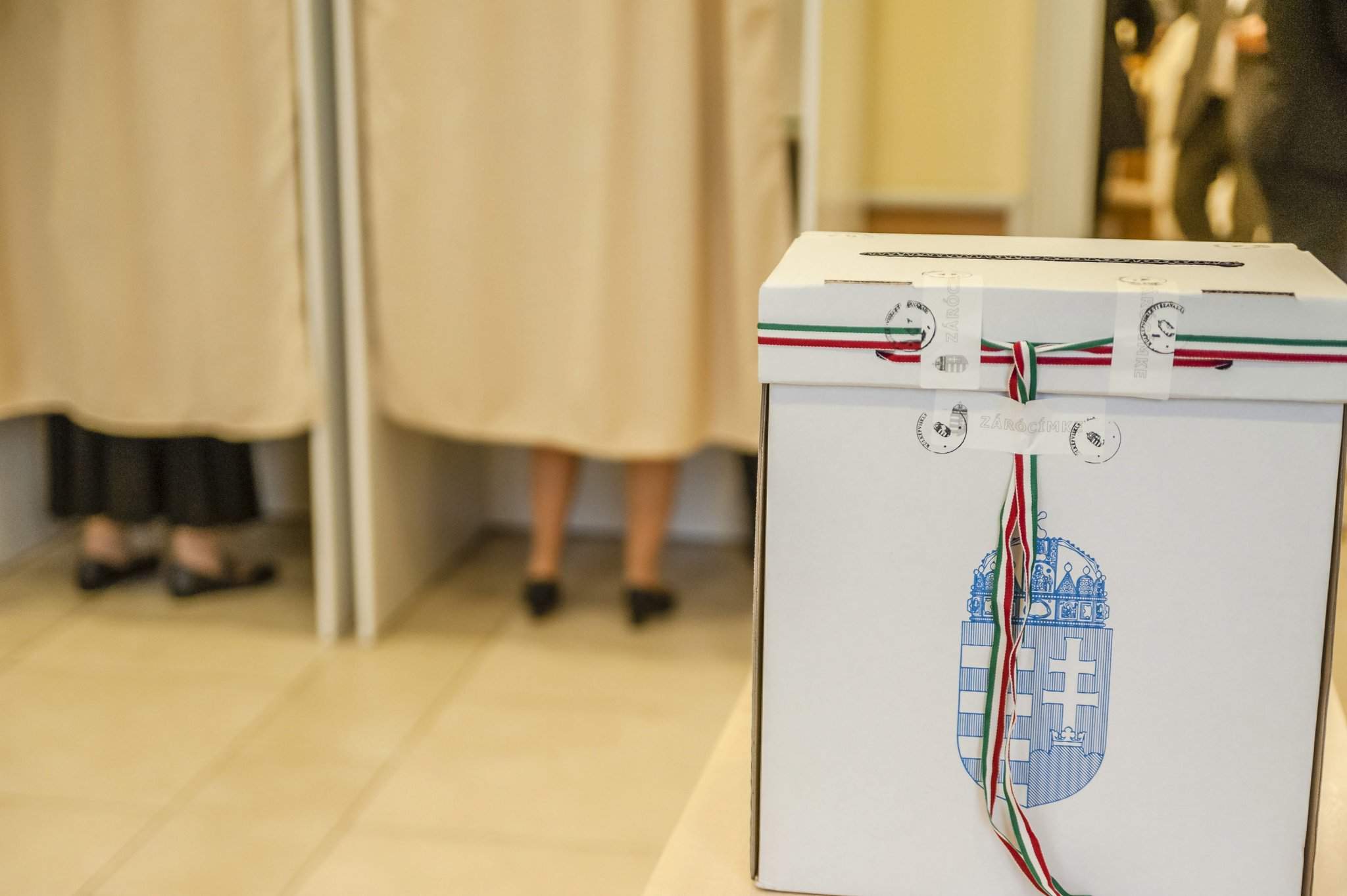Election 2018: 414 parties to choose from?

If a party has a candidate in each electoral district it receives 600 million forints (EUR 1.9M) state subsidy for campaign. As a result, many see the forthcoming elections as a perfect opportunity for swift enrichment. Thus, it is not surprising that – according to an answer sent by National Office for the Judiciary (NOJ) to atv.hu – there are more than 400 parties registered or being registered. Fortunately, new amendments passed recently try to hinder speculators.
Many parties, fewer programs
Obviously, electoral campaign has started in Hungary. There are posters everywhere and smaller parties are announcing their programs one after the other. Meanwhile, the most serious ones wait until next year. However,
not all of them publish their thoughts about where they would lead Hungary if they win the elections.
For example, governing parties Fidesz-KDNP have won a super-majority twice since 2010 without publishing a political agenda since 2006. In contrast, opposition parties like Jobbik, the socialists or green party LMP have always published a detailed program.
Elections of 2018 might cost pretty much
According to data of the NOJ there are 231 registered parties in Hungary while 183 of them are in the process of being registered. Hence, altogether 414 parties can take part in the 2018 elections. A party having 27 electoral district candidates and 13,500 supporting signatures can have a national list meaning 149 million forints (EUR 480,000) subsidy as campaign support. If a party is able to have 106 electoral district candidates it can receive 597 million forints.
To start with, 14 parties could not cross the 5% minimum vote percentage in the 2014 elections. According to State Audit Office of Hungary (SAO)
they received altogether 3.5 billion forints (EUR 11.2M) for their campaign in 2014.
However, SAO found many irregularities regarding the use of that money. They found suspicious, probably fictitious invoices and other bills not meeting the regulations of the accountancy act. Thus, SAO had to turn to National Tax and Customs Administration in nine cases. However, most of the parties have not paid back the money up to now.
Restrictions trying to hinder tricks
As a result, Hungarian National Assembly has recently passed some amendments to the Act on the Elections of Members of Parliament. They decided that
parties gaining less than 1% in the elections must pay back their state subsidy received for the electoral campaign.
In addition, members of party leaderships are responsible for payback with their own wealth. Moreover, the act also highlights that SAO officially verifies the use of the subsidy, even in the case of the parties that gained more than 1% of the total party list votes.
Róbert László, psephologist and analyst of Political Capital, a Hungarian think-tank stated that the amendments are good, but lawmakers were not consistent. On the one hand, it is good that electoral district candidates can receive their 1 M forint (EUR 3,200) subsidy only on a card provided by Hungarian State Treasury – he said. However,
the subsidy for parties is transferred on their own bank account or they can get it even in cash.
Of course, this does not help transparency and accountability.
All in all,
establishing a party and recruiting some candidates in the electoral districts was a very good business in 2014.
2018 will definitely be harder considering the restrictions, but, unfortunately, not impossible at all.
Source: atv.hu, Daily News Hungary

